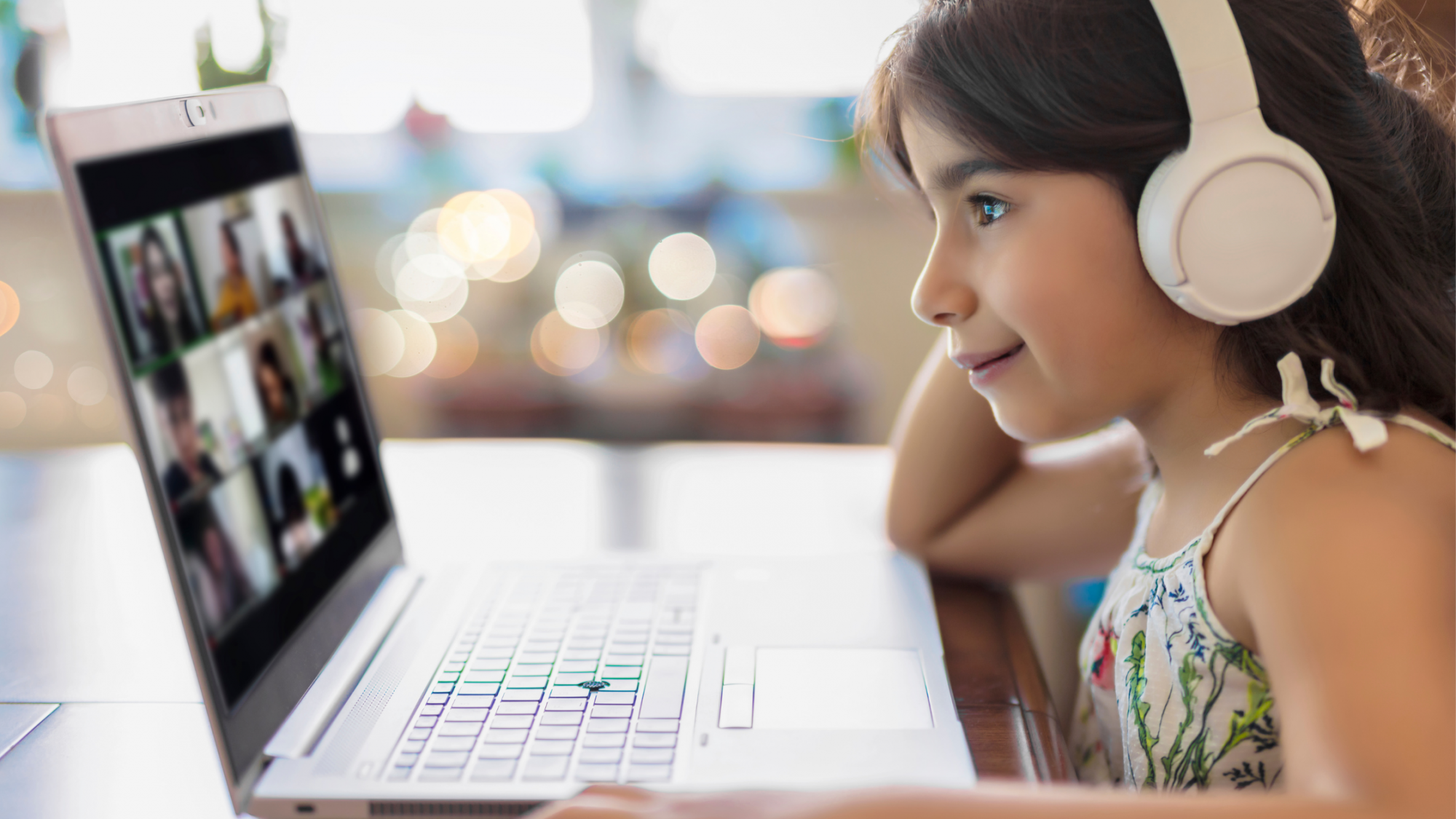In a year where we’ve all become familiar with the term “social distancing,” technology and the internet have reigned supreme—we’ve seen everything from remote business meetings to virtual music festivals.
Many schools have also taken a remote approach due to COVID-19, but you might be surprised to know that distance learning (also known as remote learning) has been around a lot longer than mask mandates and hand sanitizer stations. If you’ve ever asked yourself, “What is a distance learning program?” you’ve come to the right place.
So, what is distance learning?
Essentially, it’s an approach that takes traditional education and moves it online; students can work from home, and lectures and materials are delivered virtually. There are a few different types of remote learning that will be discussed later on in this article, but for now, let’s talk details.
How Does Distance Learning Work?
Enrolling in remote education means having no in-person classes. Instead, a student works from a chosen location, while a teacher assigns homework and provides assistance via the internet. Because distance education happens solely in the digital realm, communication between peers and with teachers might look a little different, with students relying on options such as:
- Video calls
- Messaging apps
- Forums
- Other systems designated by the school
Teachers may make use of slideshow presentations, blog posts, educational videos or pre-recorded lectures to provide instruction—the possibilities are endless. No matter how they choose to teach, curriculum will follow one of the structures listed below.
Types of Remote Learning
While the term remote learning refers to digital education as a whole, not all remote learning is the same. There are actually two distinct types of distance learning, although many schools utilize a hybrid method that combines both of them.
Let’s take a look at the choices.
Synchronous Learning 
As the name suggests, this type of remote learning is done “in sync”—all students attend lectures at the same time, follow the same schedule, and move through the curriculum as a unit.
Since learning happens in real-time, a synchronous program ensures face-to-face interactions with teachers and other students. Simply put, this variety of distance learning uses technology to mimic the traditional in-school environment.
Asynchronous Learning
Think of this one as being the opposite of synchronous learning. In an asynchronous setting, students work through the curriculum at their own pace, allowing them to learn how and when it’s most convenient for them. Of course, there are still deadlines to meet, but without a structured day of lessons, students are able to watch and rewatch videos, focus on materials they struggle with, and take breaks when they need them.
This type of distance learning isn’t for everyone, as it requires some self-discipline, and some may miss the social interactions that synchronous learning provides. For others, the ability to create their own schedule is worth it.
Pros and Cons of Remote Learning
Remote learning has its benefits and drawbacks. First, let’s start with the positives:
- Flexibility – This is probably the biggest upside to remote learning. Students gain flexibility in both time (given that students can often work whenever works best for them) and location (as students can learn from home, a friend’s place, on vacation—you name it). And of course, no more commute!
- Creativity – With distance learning, educators aren’t confined to chalk-to-blackboard teaching methods; instead, they have myriad resources at their disposal—from videos to chatrooms to games—and they can challenge the format of traditional education.
While remote learning certainly has its upsides, there are a few cons as well, including:
- Required resources – In order to partake in distance learning, students need a stable internet connection and a device they can use for class, such as a laptop or tablet. Thankfully, these gadgets are becoming increasingly affordable for families.
- Lack of socializing – Some students may miss the school environment, as remote learning offers fewer chances to socialize than your typical classroom. With that said, teachers are mindful of this and take every possible chance to ensure kids have a warm and fulfilling experience.
Overall, there are many benefits of distance learning, and as the world acclimates to the idea of remote opportunities, teachers and administrators will continue to mitigate the potential downsides.
See What Changes Ballington Academy is Making for This School Year
At Ballington Academy, all students will be taking part in distance learning to ensure their safety and well-being during the pandemic. Changes for the new school year include daily, live interactions with a credentialed teacher, independent assignment time, and 1:1 instruction blocks. In addition, each child will have their own dedicated Chromebook.
Here’s a full list of changes so you can keep track of everything that’s coming down the pipe.
The rigorous standard that Ballington Academy upheld before the COVID-19 health crisis is maintained thanks to all the available technology that makes remote learning such a breeze. As we continue through this challenging era, we’re striving to make our distance learning programs accessible, effective, and inclusive.
Sources:
Applied Educational Systems. What’s the Difference Between Online Learning and Distance Learning? www.aeseducation.com/blog/online-learning-vs-distance-learning
Tech Smith. What is Distance Learning? The Complete Guide (2020). www.techsmith.com/blog/distance-learning/#distance-learning




